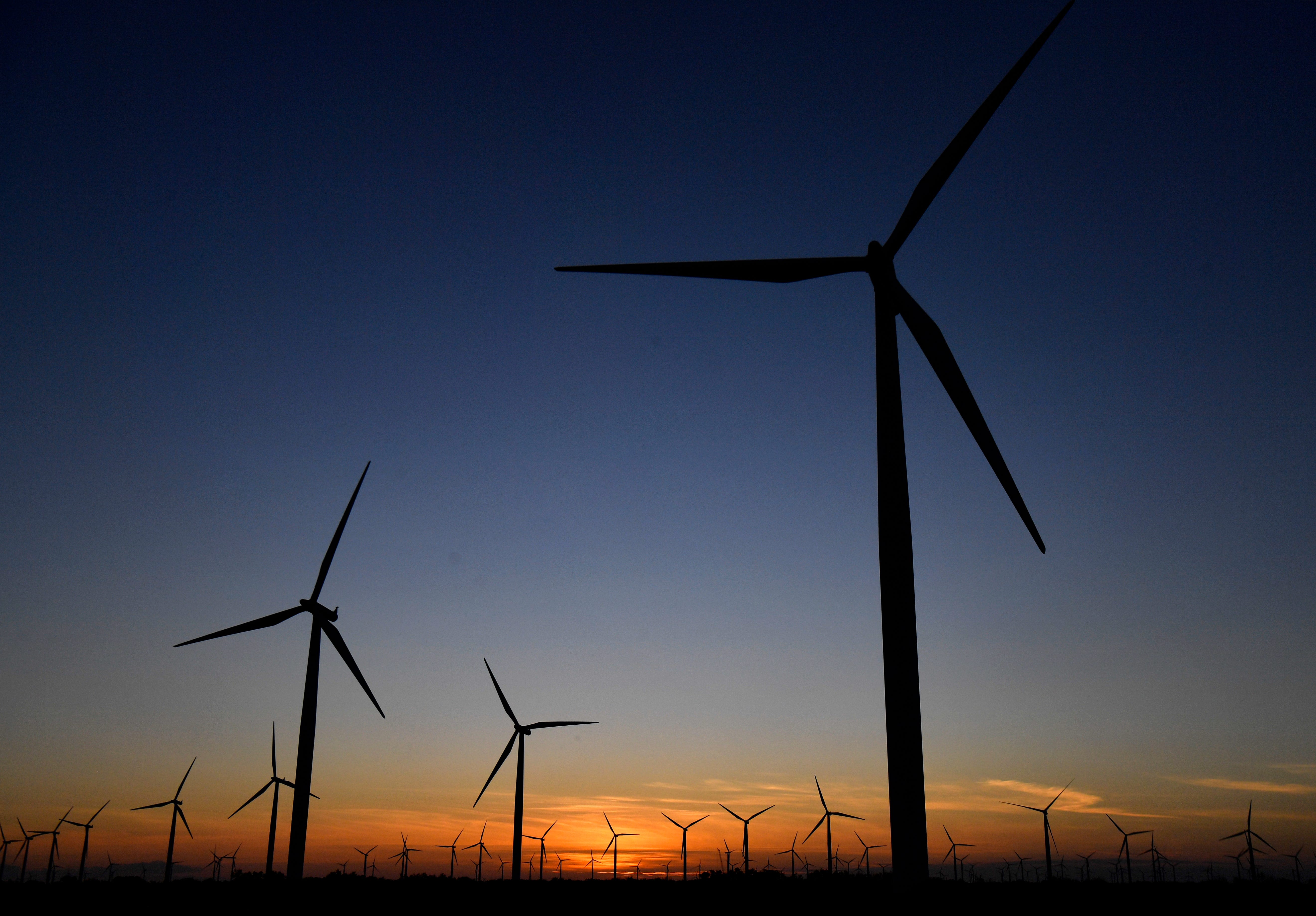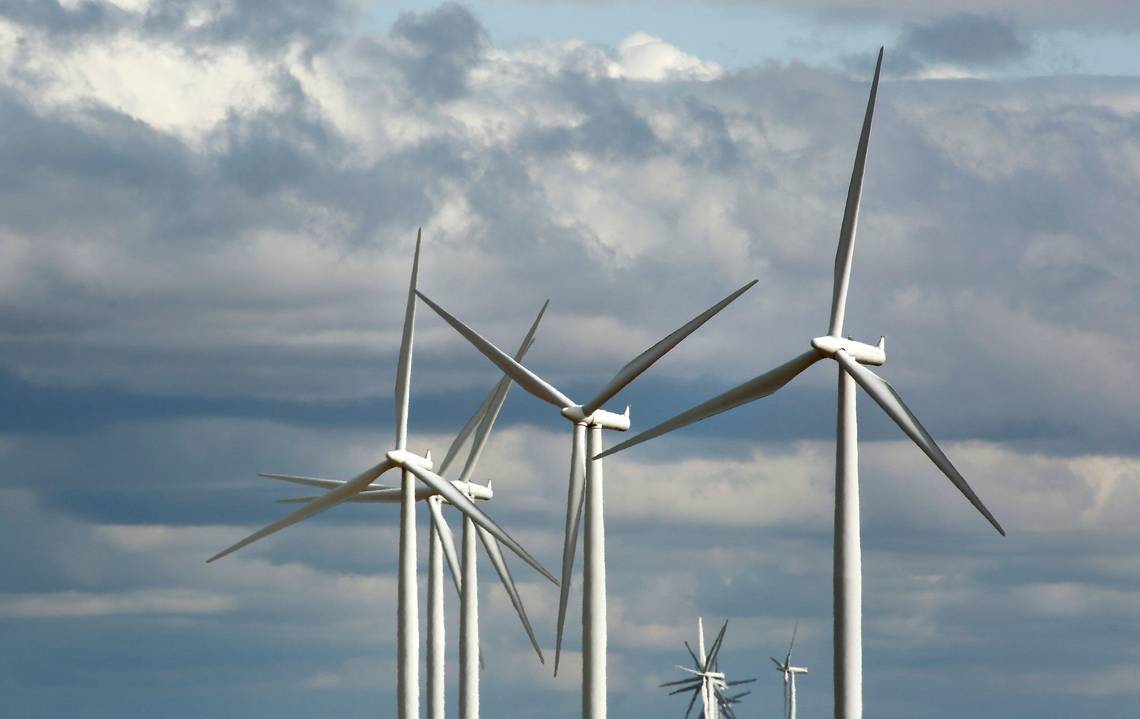Search results
Feb 24, 2020 · Nuclear energy and its byproducts, like cobalt-60, have several uses. These include not only in the creation of power and weapons, but also for medicine, space exploration and more. Explore these examples of nuclear energy uses.
Oct 19, 2023 · Nuclear energy is the energy in the nucleus, or core, of an atom. Nuclear energy can be used to create electricity, but it must first be released from the atom.
News about Biden-Harris administration, Biden, queer theory
News about Texas, Oklo, Pakistan
Also in the news
Aug 13, 2024 · Nuclear energy, energy that is released in significant amounts in processes that affect atomic nuclei, the dense cores of atoms. One method of releasing nuclear energy is by controlled nuclear fission, used in nuclear power plants around the world.
Nov 15, 2022 · Nuclear energy is a form of energy released from the nucleus, the core of atoms, made up of protons and neutrons. This source of energy can be produced in two ways: fission – when nuclei of atoms split into several parts – or fusion – when nuclei fuse together.
What is Nuclear Energy. By definition, nuclear energy refers to the combined potential energy that binds nucleons to form the atomic nucleus. The nuclear particles are bound together by the strong nuclear force.
Oct 12, 2018 · Here are 5 ways nuclear powers our lives. 1. Space Exploration. A great deal of what we know about deep space has been made possible by radioisotope power systems (RPSs). These small nuclear power sources are used to power spaceships in the extreme environments of deep space.
Mar 26, 2019 · How does nuclear energy work? Is radiation a risk? Find out the difference between nuclear fission and fusion, how uranium fuels the process, and the pros and cons of this alternative...
Science 101: Nuclear Energy. Nuclear power is the world’s largest and most reliable source of clean energy, and supplies electricity to the homes of tens of millions in America each and every day. To fight climate change, the world will need new and better ways of leveraging this energy source, which is produced by nuclear reactors through a ...
Nuclear energy is a carbon-free and extremely energy dense resource that produces no air pollution. Nuclear reactions produce large amounts of energy in the form of heat. That heat can be used to power a steam turbine and generate electricity. There are two types of nuclear reactions:
Nov 25, 2020 · When the electricity is made from atoms splitting apart, it's called nuclear energy. All power plants convert heat into electricity using steam. At nuclear power plants, the heat to make the steam is created when atoms split apart — called fission. When atoms split apart, they release heat.





